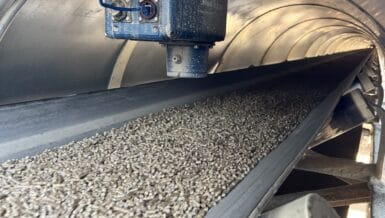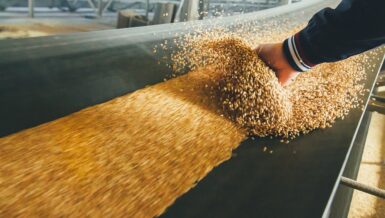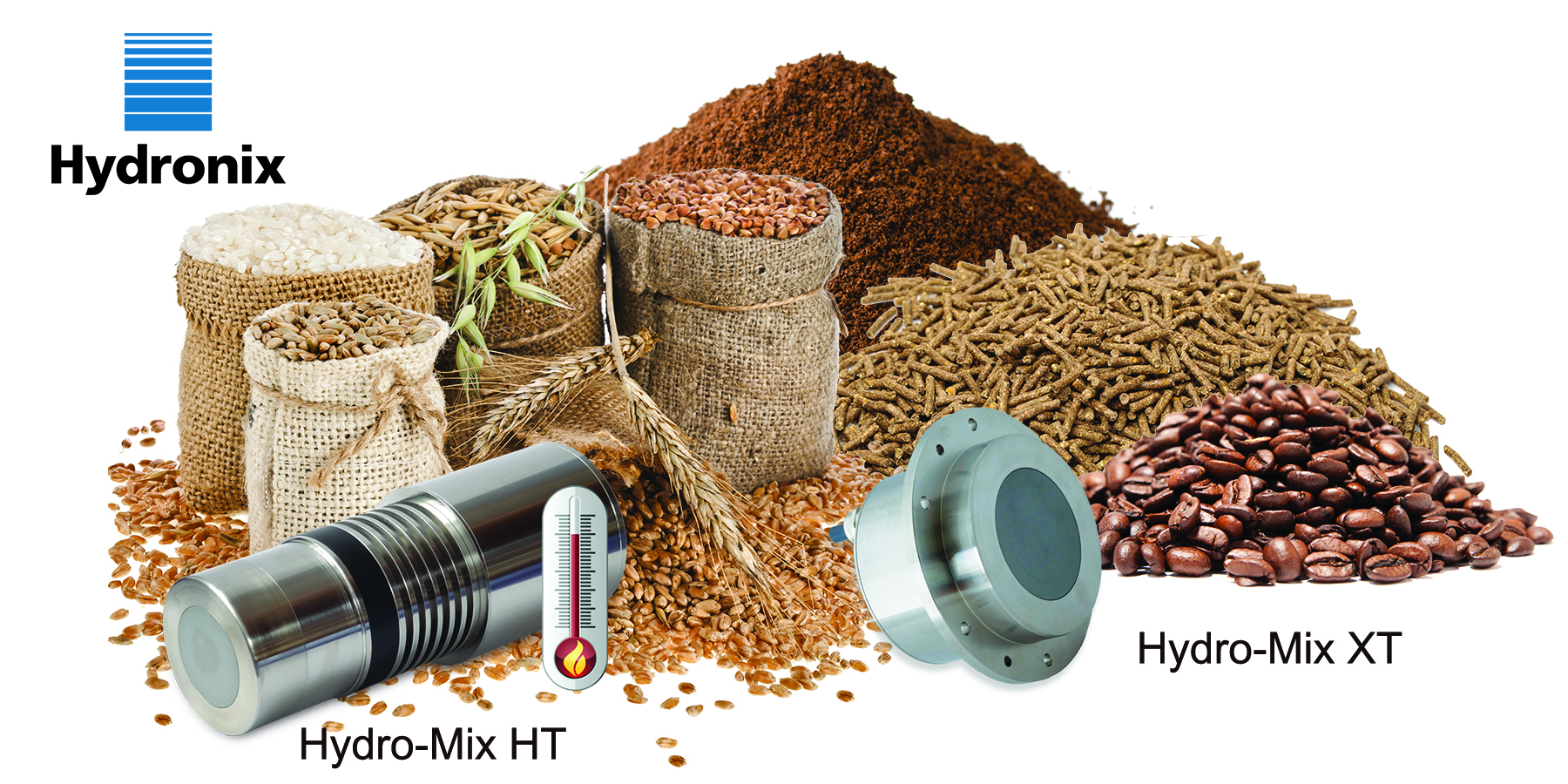Benefits of Moisture Analysis:
- Minimized Cost, Increased Efficiency
- Instant, Real-Time Feedback with Thousands of Measurements per Second
- Reduced Energy Usage & Downtime
- Reduction in Fire & Explosions Risks
- Plant Production Efficiency Monitoring
- Total Dryer Control
- Blending Monitoring
- Ability to Instantly Make Critical Process Adjustments
- Low Cost – Instant ROI
Moisture sensors are utilized for measurements of moisture in a multitude of applications which is a critical concern during the production process. MoistTech’s near-infrared (NIR) moisture sensor allows manufacturers the ability to adjust moisture levels on real-time information lowering raw material and fuel costs, higher yields, and more uniform products.
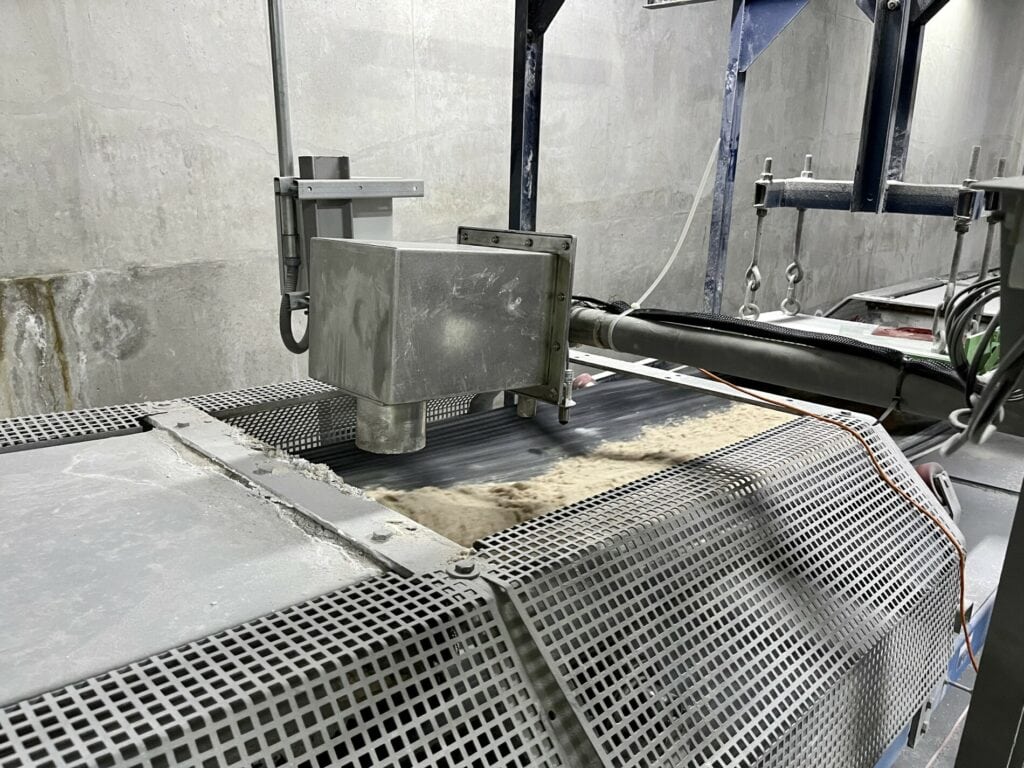
Why Controlling Moisture Matters
When moisture levels fluctuate, it can cause significant changes to the quality of many applications. These inconsistencies mean that your final product will have varying quality depending on when in production they were created. Near-infrared technology is the best solution to accurately measure the moisture levels of multiple applications, offering a solution that meets all quality control factors. Accurately detecting moisture levels frequently throughout the process allows for line adjustments as needed that improve the overall functionality and efficiency of the facility. Quality and consistency are crucial when it comes to maintaining a manufacturing line. It is important to have a consistent product from start to finish, which means being able to detect moisture content accurately and frequently.
A moisture measurement system is designed to provide accurate moisture measurements as often as needed to improve the manufacturing line and product. Inconsistencies can lead to wasted product and downtime in the manufacturing process. Implementing a moisture control sensor instantly reduces waste and energy costs as well as improves the efficiency of the line. Optimizing and fine tuning the production process can allow for a multitude of benefits
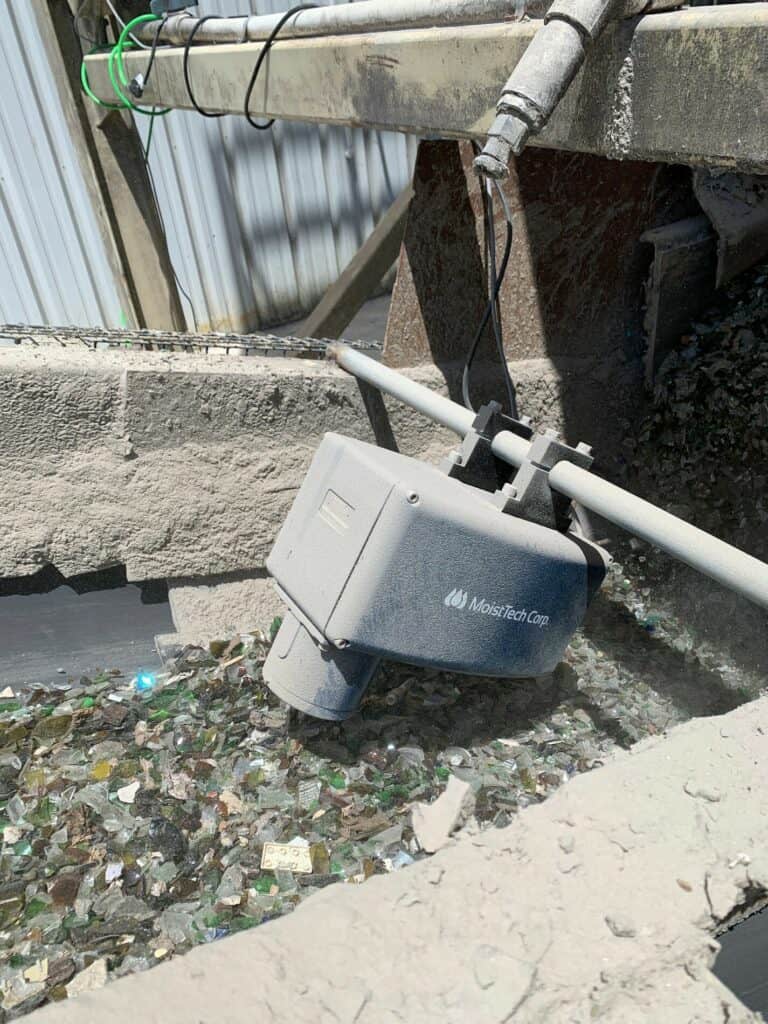
Where Moisture Should Be Measured:
Moisture measurement and control is one of the biggest challenges plant operators are tasked with during production and also while in storage. Moisture control in plant design is a crucial implementation in proactive avoidance of quality control issues. Moisture sensors are recommended to be installed in several locations throughout the process to achieve ultimate efficiency including incoming material lines, before and after the dryer, and before any finishing belts.
Dryer efficiency is critical in controlling energy costs and product quality; installing a sensor prior to the dryer will monitor levels going into the dryer to provide better control over the dryer’s efficiency. Moisture sensing after the dryer and prior to finishing will result in significant cost savings.
Other production areas that moisture content effects are seen throughout the plant but can be easily monitored and controlled with a proper system. Measuring moisture throughout the manufacturing process will produce products at a specific moisture percentage, preventing them from being off-spec when the product is too wet or too dry. Incoming lines are measured for fuel savings to monitor the overpayment of materials; the higher the moisture content of incoming purchased raw materials, results in overpayment as the overuse of dryers results in overpaying on energy costs.
Maximizing automation and increasing reliability through reducing costs is a major significance for operating personnel and easily achieved through moisture monitoring. Moisture ranges outside of tolerance can unravel important facets of the production process and even create wear and tear on other equipment that wouldn’t be seen with proper moisture levels. Each phase of the manufacturing process runs more efficiently with accurate moisture content and provides increasing profits.






